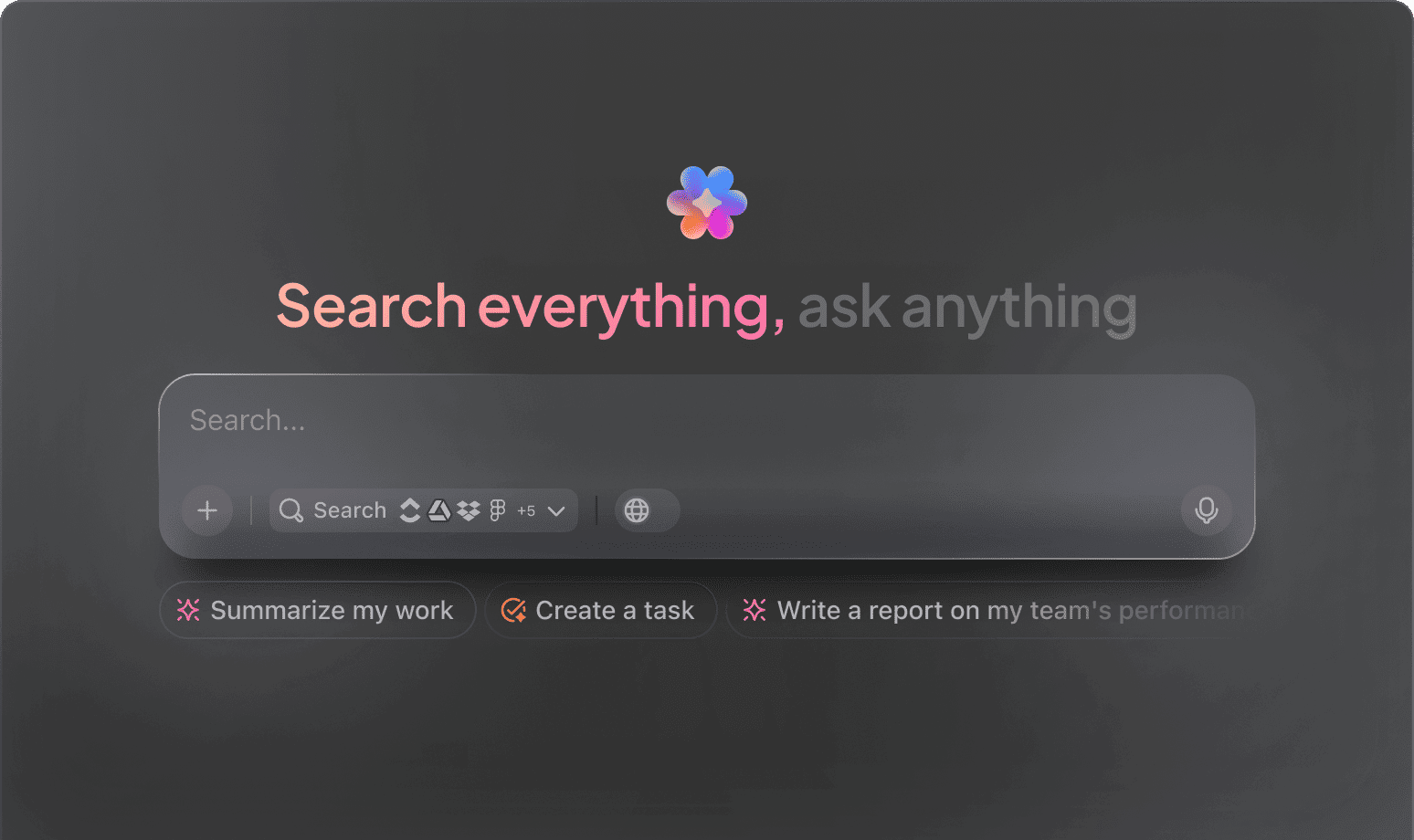AI Incident Reporting
Top AI Prompts for Incident Reports
Document incidents clearly, accelerate response times, and enhance team coordination with ClickUp AI.
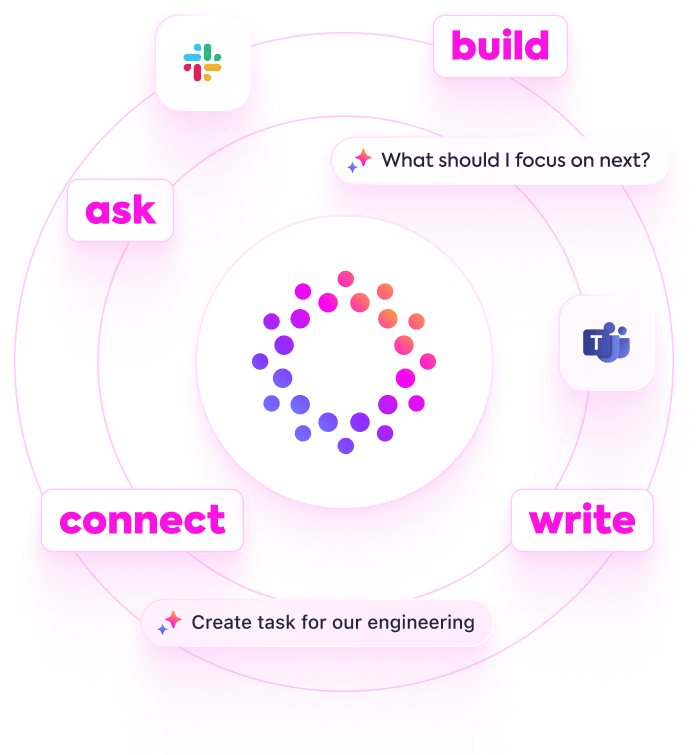
Trusted by the world’s leading businesses
AI Empowering Incident Management
Revolutionizing Incident Reporting with AI Prompts in ClickUp Brain
Handling incidents swiftly and accurately is critical to maintaining safety and operational continuity.
From initial detection to detailed documentation, root cause analysis, and resolution tracking, incident reporting demands precision and speed amid complexity. AI prompts are now pivotal in streamlining these tasks.
Incident response teams leverage AI to:
- Quickly extract key facts and timelines from raw reports
- Generate clear, standardized incident summaries with minimal effort
- Interpret regulatory requirements and compliance guidelines
- Transform scattered observations into structured action plans and follow-up tasks
Integrated seamlessly into daily tools like notes, boards, and workflows, AI in solutions such as ClickUp Brain goes beyond simple assistance—it actively organizes your incident data into clear, manageable steps.
ClickUp Brain vs Conventional Solutions
Why ClickUp Brain Stands Out
ClickUp Brain integrates seamlessly, understands your context deeply, and empowers you to act swiftly without repeated explanations.
Conventional AI Platforms
- Constantly toggling between apps to collect information
- Reiterating your objectives with every query
- Receiving generic, irrelevant replies
- Hunting through multiple platforms for a single document
- Interacting with AI that only processes input passively
- Manually switching among various AI engines
- Merely a browser add-on without integration
ClickUp Brain
- Instantly accesses your tasks, documents, and team communications
- Retains your project history and objectives
- Delivers precise, context-aware guidance
- Provides a consolidated search across all your resources
- Supports voice commands through Talk to Text
- Automatically selects the optimal AI model: GPT, Claude, Gemini
- Offers dedicated Mac & Windows apps optimized for performance
Incident Report AI Prompts
15 Powerful AI Prompts for Incident Reporting (Optimized for ClickUp Brain)
Enhance your incident management—capture, analyze, and resolve faster with AI-driven insights.

Identify 5 common root causes for workplace incidents from the ‘Incident Log Q1’ document.
Use Case: Accelerates root cause analysis by leveraging historical incident data.
ClickUp Brain Behaviour: Extracts key factors and patterns from linked reports to highlight frequent issues.

What are the latest safety compliance trends in manufacturing environments under $1M budget?
Use Case: Guides cost-effective safety improvements with up-to-date regulatory insights.
ClickUp Brain Behaviour: Aggregates findings from internal compliance documents; Brain Max can supplement with relevant external standards.

Draft a concise incident summary for a chemical spill event using notes from ‘Spill Response Procedures’ and prior reports.
Use Case: Ensures consistent and clear communication across response teams.
ClickUp Brain Behaviour: Pulls relevant details from linked docs to generate a structured incident overview.

Compare injury rates and causes between Site A and Site B using data from ‘Safety Metrics Q2’.
Use Case: Supports data-driven safety improvements without manual data compilation.
ClickUp Brain Behaviour: Analyzes tabular and narrative data to produce a summarized comparison report.

List top 5 recommended personal protective equipment (PPE) based on recent incident investigations and supplier guidelines.
Use Case: Helps safety managers select effective PPE options.
ClickUp Brain Behavior: Scans documents to identify frequently cited PPE types and their performance notes.

From the ‘Equipment Failure Analysis’ doc, create a checklist for preventive maintenance tasks.
Use Case: Simplifies maintenance planning with clear, actionable steps.
ClickUp Brain Behavior: Extracts criteria and formats them into a task-ready checklist.

Summarize 3 emerging technologies for hazard detection from recent safety research papers.
Use Case: Keeps safety protocols current with technology advancements.
ClickUp Brain Behavior: Identifies trends and key points from linked research documents.

From the ‘Employee Safety Survey 2024’ doc, summarize main concerns about workplace ergonomics.
Use Case: Aligns safety initiatives with employee feedback.
ClickUp Brain Behavior: Analyzes survey data to highlight recurring ergonomic issues.

Write clear and empathetic incident notification text for email alerts using the tone guide in ‘CommunicationStyle.pdf.’
Use Case: Speeds up message drafting while maintaining a consistent voice.
ClickUp Brain Behavior: References tone guidelines to suggest suitable notification copy variations.

Summarize updates in OSHA 2025 regulations affecting chemical handling procedures.
Use Case: Ensures compliance teams stay informed on critical regulatory changes.
ClickUp Brain Behavior: Condenses linked compliance documents; Brain Max can incorporate public updates if available.

Generate placement and labeling guidelines for emergency exits based on local fire safety codes in our workspace.
Use Case: Guarantees adherence to regional safety standards.
ClickUp Brain Behavior: Extracts specifications and compiles a compliance checklist from internal documents.

Create a post-incident review checklist using ‘Accident Investigation Protocols’ and recent case files.
Use Case: Helps teams conduct thorough and consistent incident analyses.
ClickUp Brain Behavior: Identifies key review points and organizes them into actionable tasks.

Compare incident response times and effectiveness across departments using recent performance reports.
Use Case: Supports operational improvements through benchmarking.
ClickUp Brain Behavior: Summarizes comparative data into clear, digestible insights.

What are the latest trends in remote incident reporting tools since 2023?
Use Case: Guides IT and safety teams in selecting modern reporting solutions.
ClickUp Brain Behavior: Synthesizes trends from internal analyses and external reports.

Summarize key feedback on incident reporting usability from Southeast Asia branch surveys (forms, accessibility, response time).
Use Case: Drives targeted improvements based on regional user input.
ClickUp Brain Behavior: Extracts and prioritizes feedback themes from survey data and support tickets.
Accelerate Incident Resolution with ClickUp Brain
Cut down investigation time, unify your response team, and produce precise incident reports effortlessly using AI-enhanced workflows.





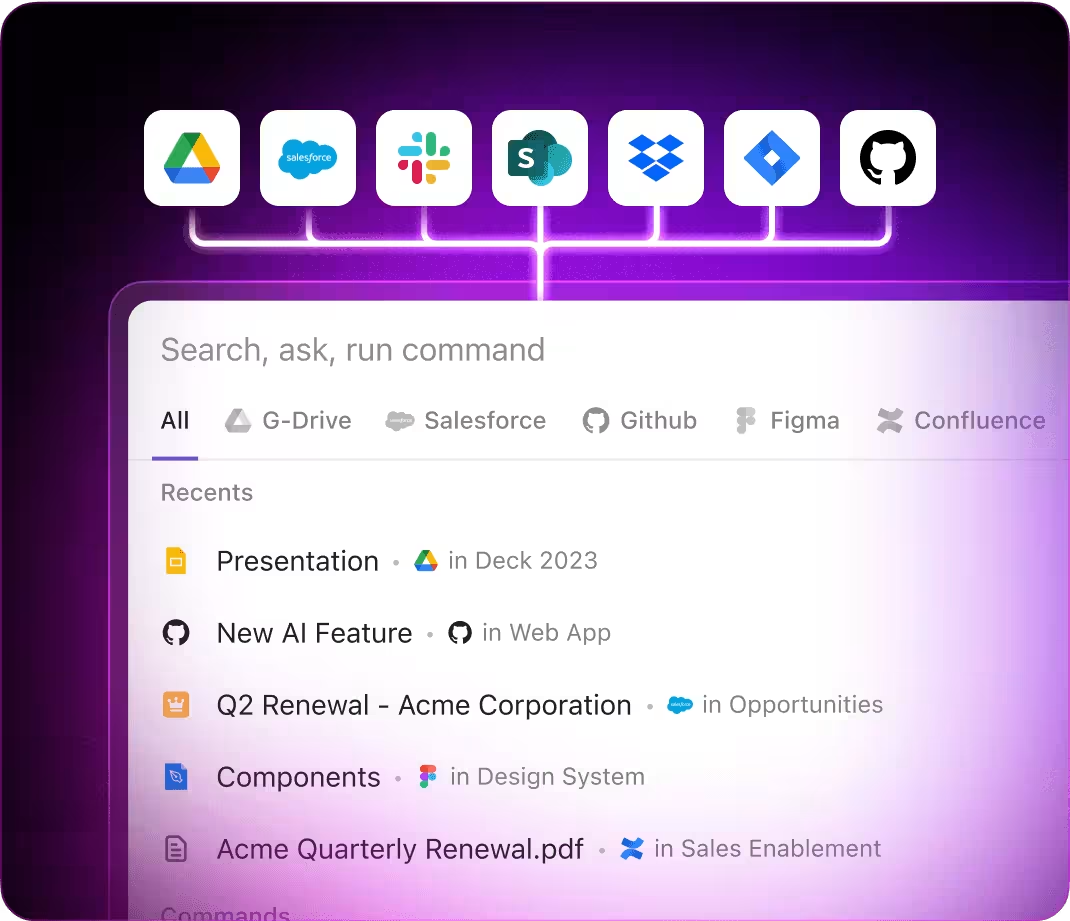
AI Applications
Key Incident Report Applications Powered by AI Prompts in ClickUp Brain
Enhance reporting speed, boost precision, and uncover actionable insights with AI-driven prompts in your incident management process
From Incident Notes to Comprehensive Reports
Initial incident details are often fragmented and unorganized. ClickUp Brain organizes these fragments into clear, actionable incident reports—right within ClickUp Docs.
Leverage ClickUp Brain to:
- Convert raw incident observations into polished report templates
- Produce insightful summaries informed by previous incident data (using context-sensitive AI writing)
- With Brain Max, instantly access historical incident logs, team feedback, and related documentation to enhance your current report.
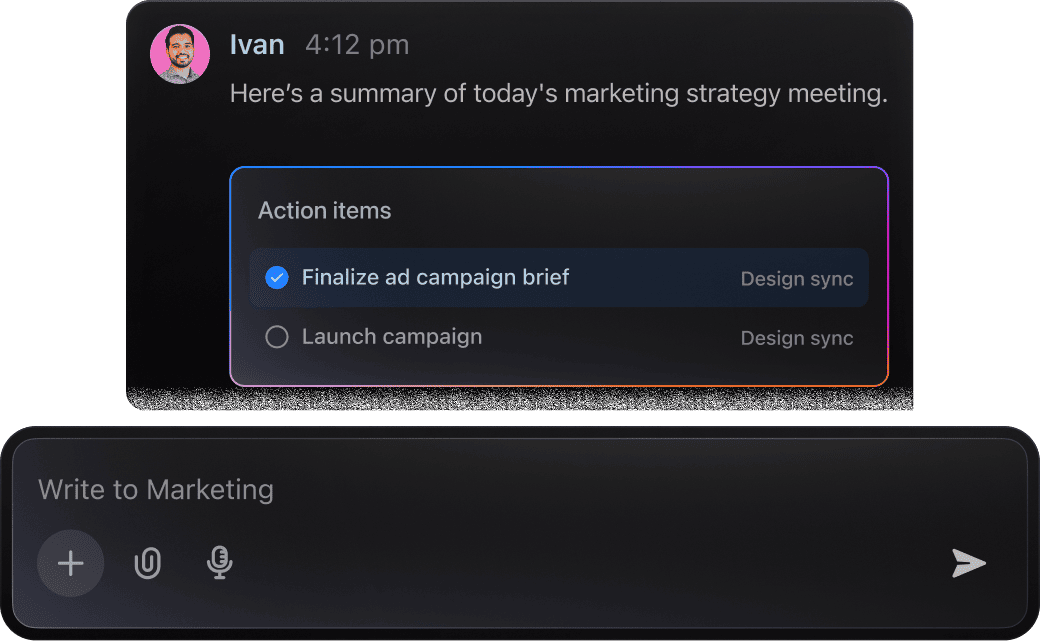
From Design Concepts to Engineering Execution
Engineering teams deal with complex documentation and detailed reviews daily. ClickUp Brain transforms these dense notes into clear action steps, highlights potential challenges, and crafts precise follow-ups.
Leverage ClickUp Brain to:
- Condense in-depth technical conversations from tasks or Docs into concise summaries
- Convert detailed design annotations into actionable engineering assignments
- Automatically generate comprehensive issue logs or transition briefs
- With Brain Max, instantly retrieve past design decisions, component analyses, or project discussions across your workspace—eliminating tedious searches through CAD records.
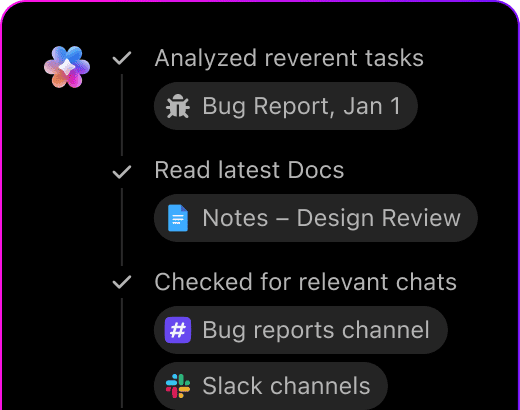
Incident Report AI Prompts with ClickUp Brain
Managing incident documentation involves sifting through reports, feedback, and protocols. ClickUp Brain simplifies this process—extracting key details and crafting clear, consistent report narratives.
Leverage ClickUp Brain to:
- Analyze incident logs for critical information
- Draft precise report summaries tailored to your organization's style
- Convert investigation notes into actionable follow-up tasks
- Brain Max enhances this by providing quick access to past incident analyses or related case files, supporting thorough reviews even over extended periods.
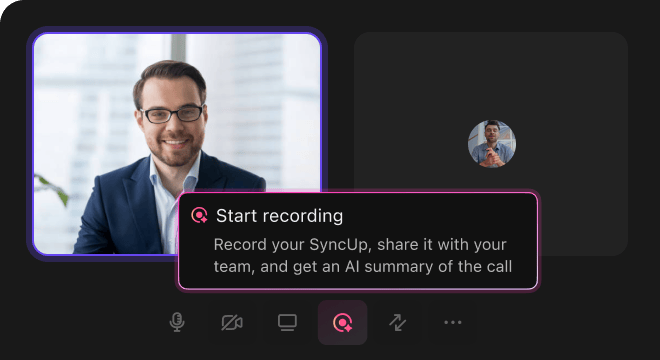
AI Advantages
How AI Prompts Revolutionize Incident Reporting Processes
Integrating AI-driven prompts transforms how you handle incident reports:
- Accelerate documentation: Quickly turn raw data into clear, structured reports
- Reduce errors: Detect discrepancies by cross-referencing incident details and previous records
- Align your team: AI-crafted summaries and action items ensure everyone stays informed
- Make informed choices: Generate insights on root causes and compliance requirements
- Enhance response strategies: Identify patterns to improve future incident handling.
All these capabilities are embedded within ClickUp, where AI prompt results seamlessly convert into actionable tasks, collaborative documents, and insightful dashboards that drive effective incident management.
Prompt Guidance
How to Craft Effective Incident Report Prompts
Clear prompts lead to precise reports.

Define the incident details clearly
Vague prompts yield unclear reports. Specify incident type (e.g., “data breach” or “equipment failure”), affected systems (e.g., “network servers” or “manufacturing line”), and urgency level (e.g., “critical outage” or “minor disruption”).
Example: “Outline an incident report for a cybersecurity breach affecting customer data on cloud servers.”

Use comparative prompts to assess scenarios
AI excels at distinguishing between incident impacts or response strategies. Use prompts like “compare response plans for X vs Y” to evaluate effectiveness or risks.
Example: “Compare downtime implications between hardware failure and software glitch in production.”

Frame prompts around resolution goals
Approach your prompt as a problem-solving task. Instead of “Write an incident report,” focus on outcomes:
Example: “Draft a report summarizing root cause and corrective actions for a power outage lasting over two hours.”

Specify the report format you need
Need a timeline, impact summary, or action item list? State it explicitly. AI delivers better when output expectations are clear.
Example: “Provide a bullet list of immediate steps taken after a network intrusion, with timestamps.”
Simplify Incident Reporting with ClickUp Brain
ClickUp Brain goes beyond basic task tracking—it's your smart partner in crafting clear, thorough incident reports from start to finish.





